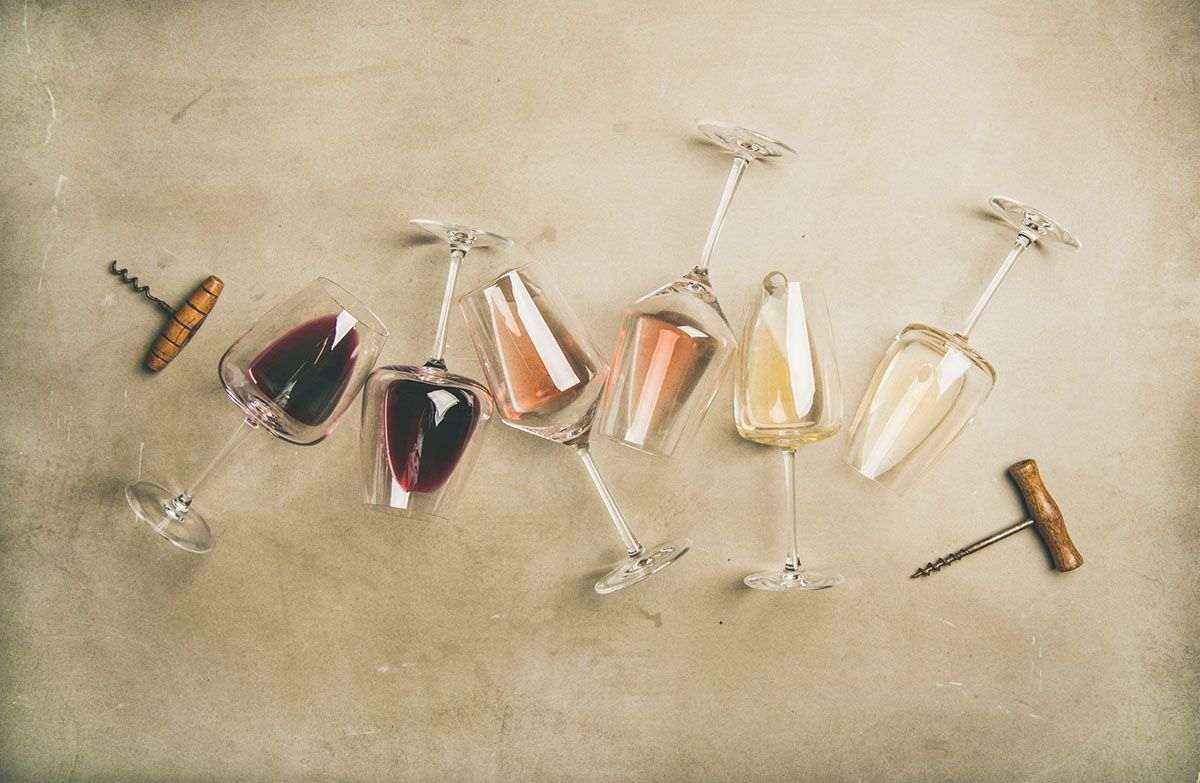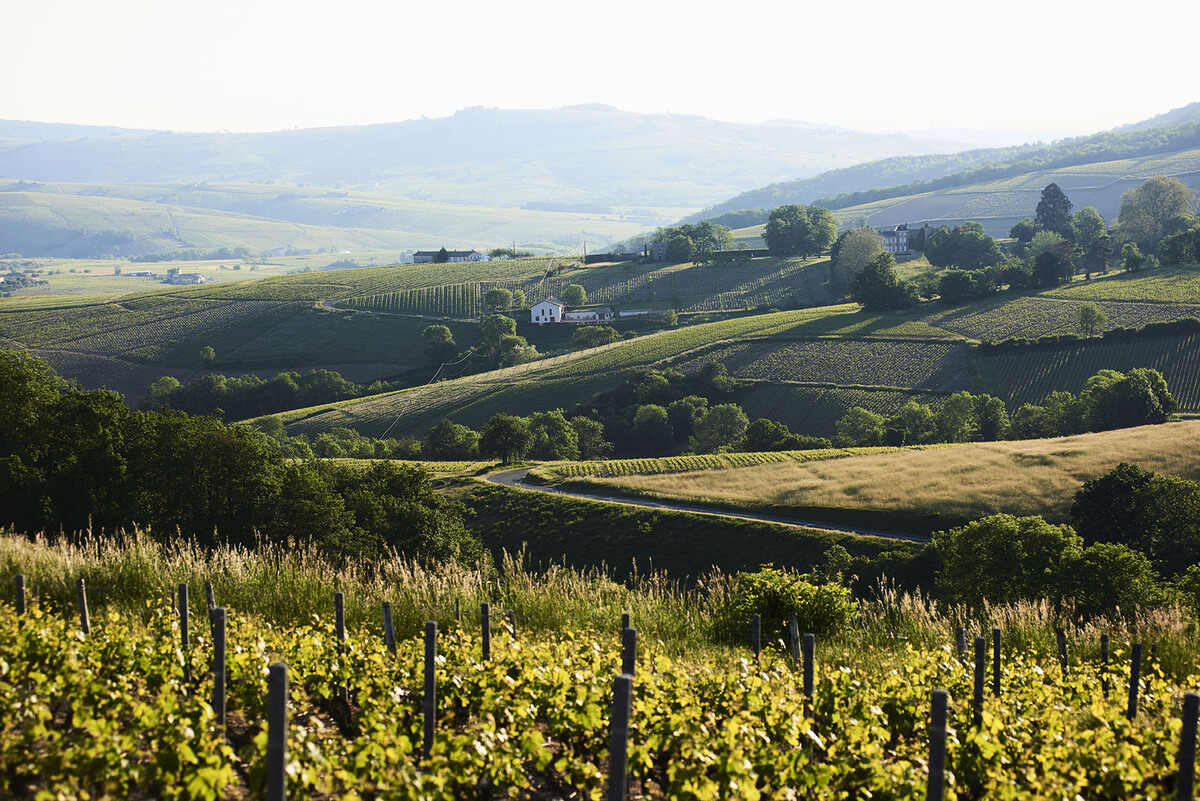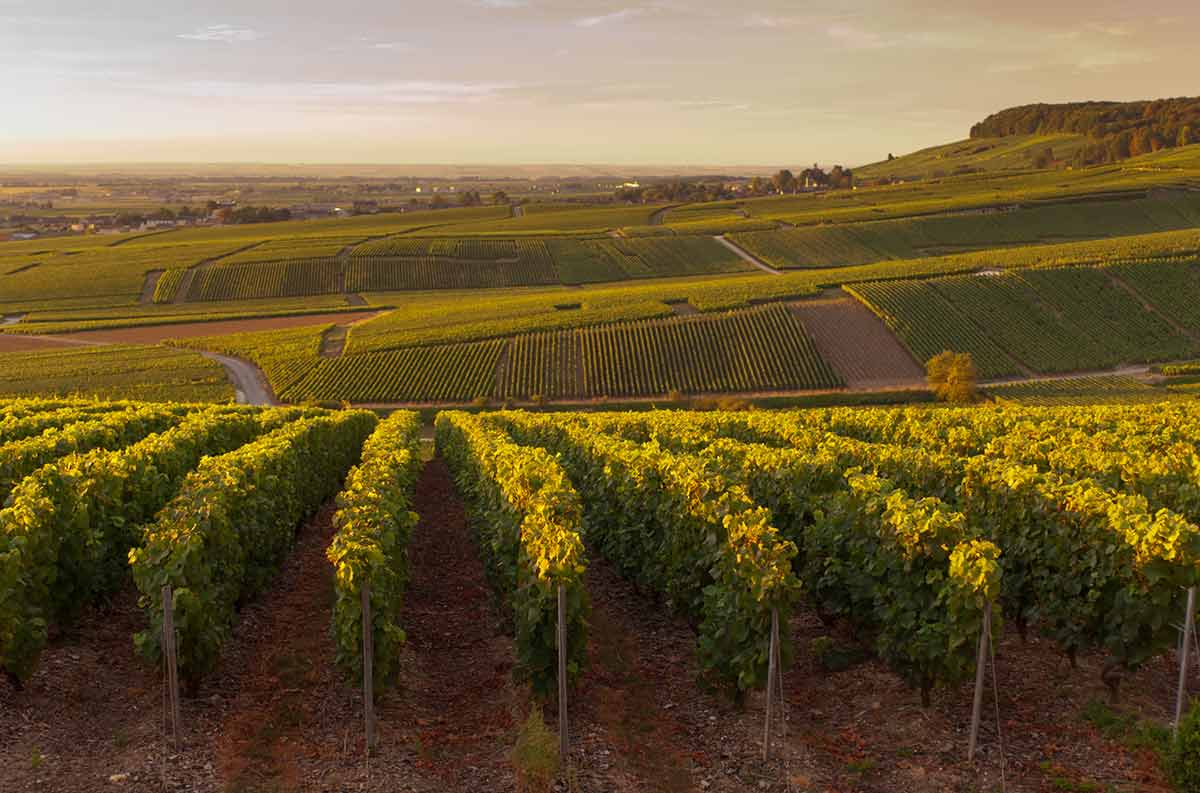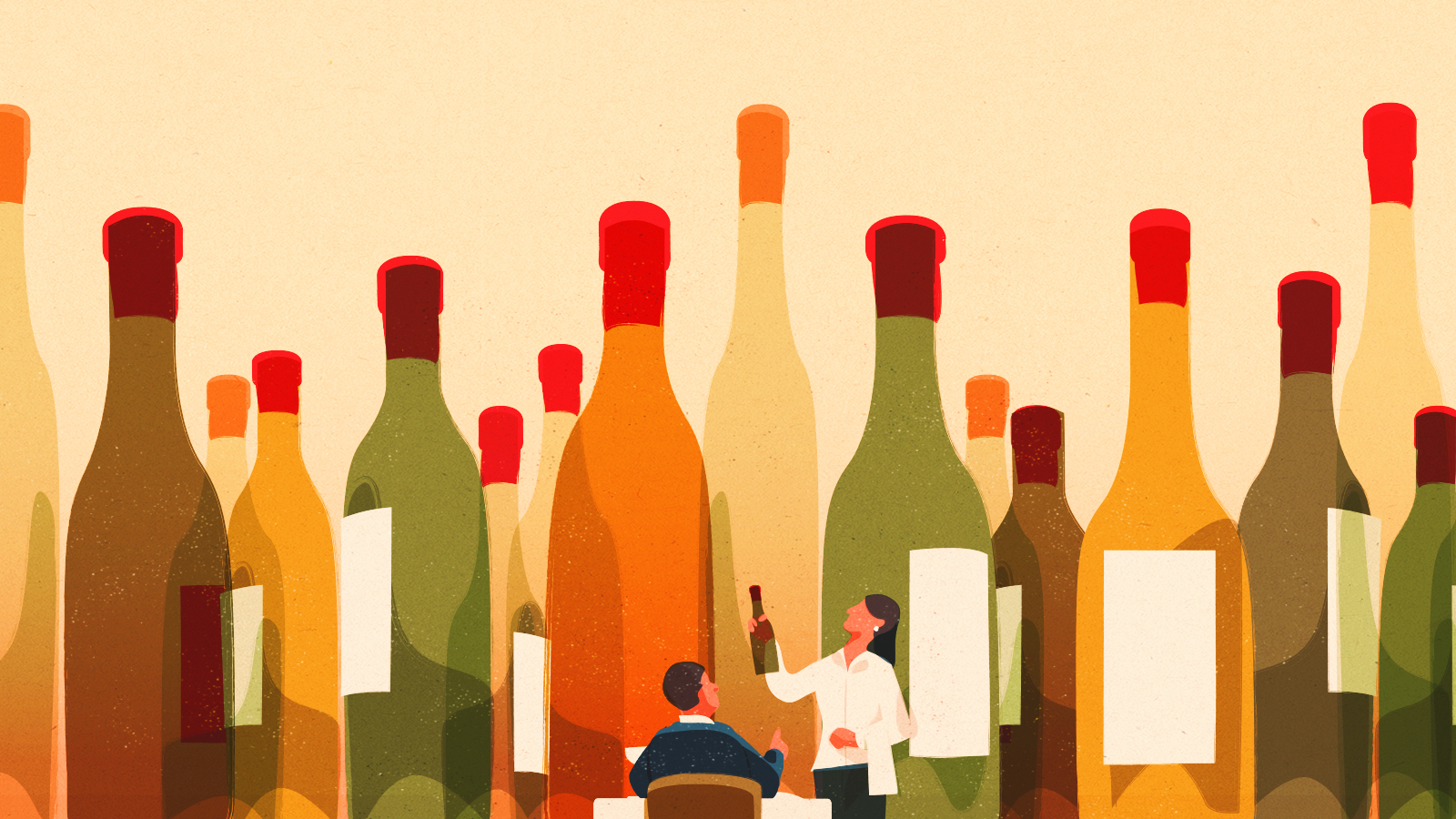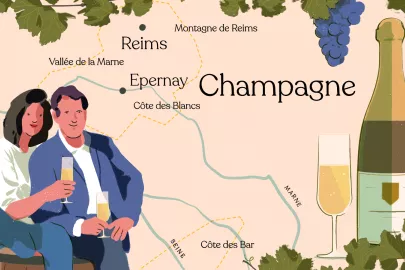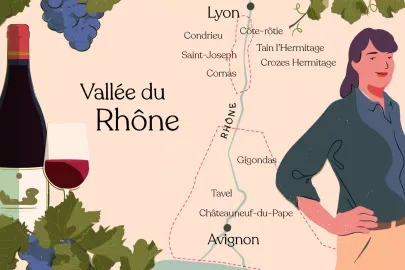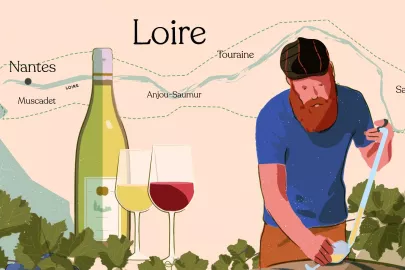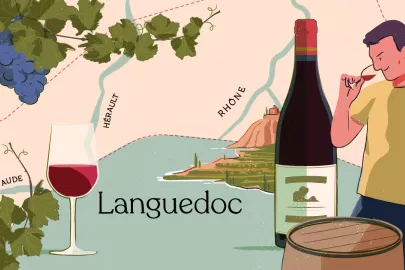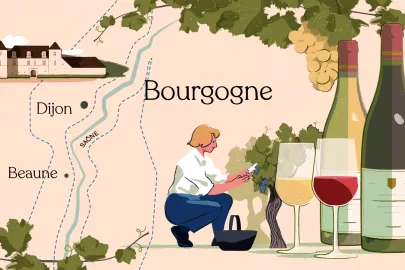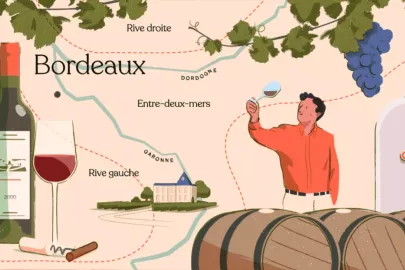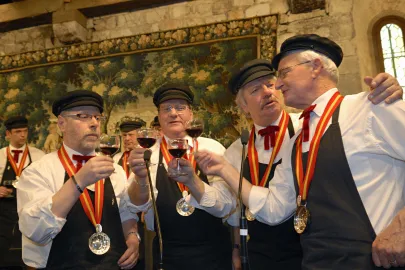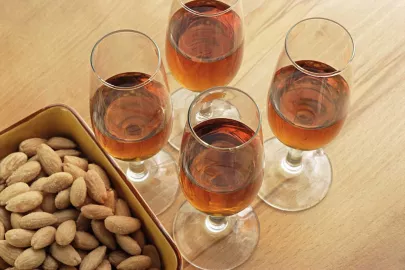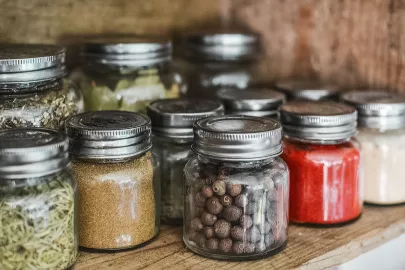The Languedoc is both singular and multiple. Singular for its diversity of landscapes and climates, and multiple for its mosaic of exceptional terroirs. In this vast southern French wine region, growers brilliantly showcase rosés, whites and reds. An 'Eldorado of wine,' where organic is often legion. Let’s take a closer look at this mosaic of Languedoc terroirs.
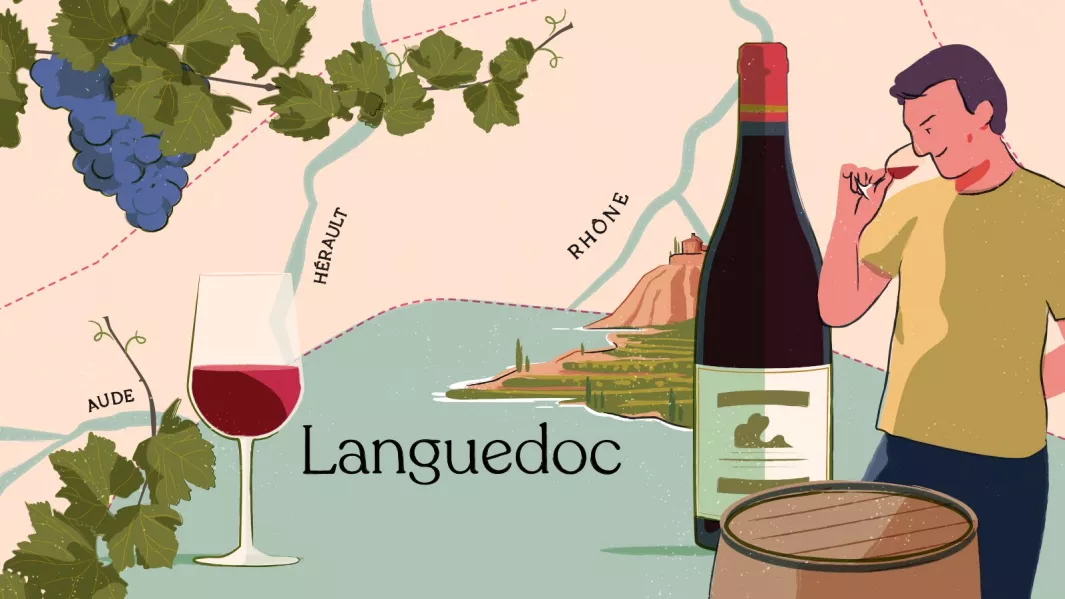
Between land and sea
Imagine the Mediterranean, the mountains, the limestone plateaus, the slopes and the large, preserved spaces. These make up the Languedoc wine region. Its 200 000 hectares of vines extend across two types of territory: the seaward plain and the more inland slopes. The sun shines for an average of 200 days per year. In this Mediterranean climate, the hot, dry summers play out against the loud chant of the cicadas. When winter comes, it is mild if one of the eight winds is not blowing over the vines.
Languedoc has some thirty Protected Designations of Origin (PDO), such as Corbières, Minervois, Limoux, Faugères, Terrases du Larzac, Pic Saint Loup and Picpoul de Pinet. And some twenty Protected Geographical Indications (PGI), such as Cité de Carcassonne, Cévennes and Vallée du Paradis.
The wines produced are red, white and rosé, sweet and dry, still and sparkling.
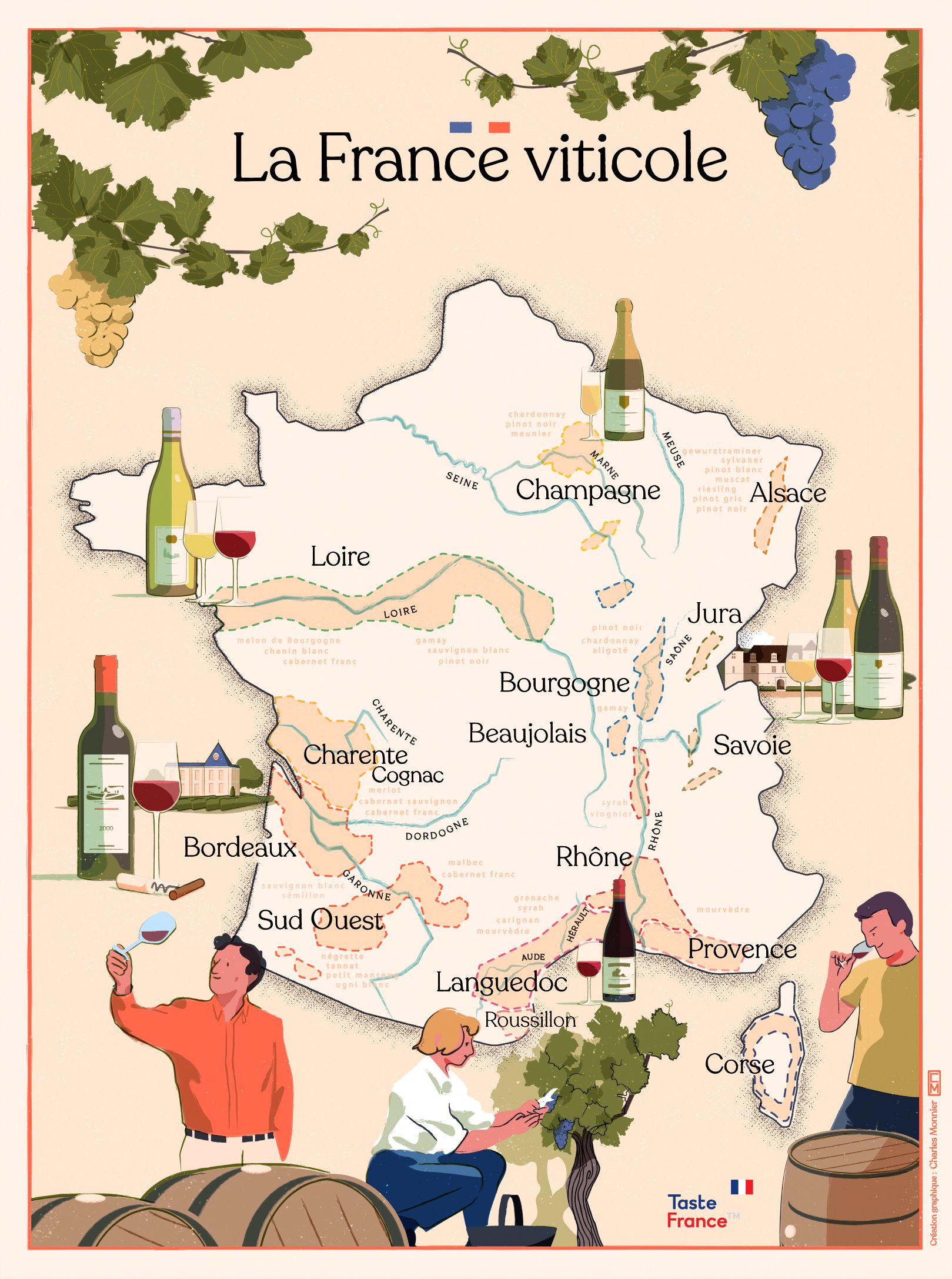
© Charles Monnier
An alchemy of blended wines
This diversity enables the cultivation of many grape varieties, ranging from compelling red and black-fruited reds to aromatic whites and gastronomic or summer rosés.
In the Languedoc designations, blended wines are king. Like an alchemy of the grape varieties that produces divine nectars. Traditionally, for the reds, they are primarily dominated by Syrah, Grenache and/or Mourvèdre. Carignan and Cinsault are also regularly used.
For the whites, the main palette ranges from Grenache Blanc, Bourboulenc and Clairette, to Piquepoul Blanc, Marsanne, Roussanne and Rolle.
After the designations come the PGIs, such as Pays d'Oc. There we find single-varietal wines, such as 100% Viognier or Chardonnay for the whites and 100% Cinsault for the reds and rosés.
An alchemy of soils and grape varieties
When it comes to expressing the terroir, the work of the winegrowers is essential. The soils where the grape varieties are planted also contribute to this. And here again, Languedoc is both singular and multiple. For example, the limestone produces lively wines with a lot of finesse. Like the Pic Saint Loup designation located to the north of Montpellier where Syrah, which accounts for the majority of the designation, expresses itself well in cooler temperatures. On the La Clape limestone massif located on the outskirts of Narbonne, where rain is evasive, it is the late grape variety Bourboulenc which, with its thick skins, delivers fine white wines that are rich and complex.
In Terrasses du Larzac, the geology is diverse: alluvial terraces, Jurassic limestone, red sandstone... But the freshness of the red wines of this designation is striking.
On Piémont du Haut-Languedoc, the soils of the Faugères designation are made up exclusively of schist. A layered stone through which the vine draws deeply all the elements it needs to produce wines with a magnificent minerality.
Committed growers
In Languedoc, it is not the châteaux or the wines that are the stars, but the growers. And they are committed to preserving their landscape, soil, water and biodiversity. Here, we are talking about sustainable development, organic, High Environmental Value (HVE), Terra Vitis… What is more, this region is a pioneer in organic farming and France’s leader in terms of surface area. This creative Languedoc is preparing the future. As such, grape varieties such as Grenache Gris, Piquepoul Noir and Terret Noir are being planted increasingly often. Because they resist heat well and provide freshness and pleasure in drinking these blended wines.
In this singular and multiple Languedoc, its wines take you on a voyage from the ponds of Picpoul de Pinet to the mountains of Château de Peyrepertuse in Corbières, to the town in Grés de Montpellier, or quite simply to the garrigue. Each with its own typicality and according to your desires. An Eldorado of wine.
Anne Schoendoerffer’s selection
A wine with a great deal of power, finesse and freshness. The predominant Syrah captivates with its red fruits, menthol notes and liquorice. Produced on a limestone plateau at 250 metres in altitude, this fine wine exhibits its terroir.
Domaine Ollier Taillefer - Faugères PDO - Allegro Blanc - Organic
In this white wine we have Roussane and Rolle, old and young vines, which grow on schist at 300 metres in altitude. Its lemony nose and its minerality are explosive and joyful.
> Interested to learn more about the secrets French wines? Check out our Beginner's Guide To French Wine!
Contributor

Wine journalist

